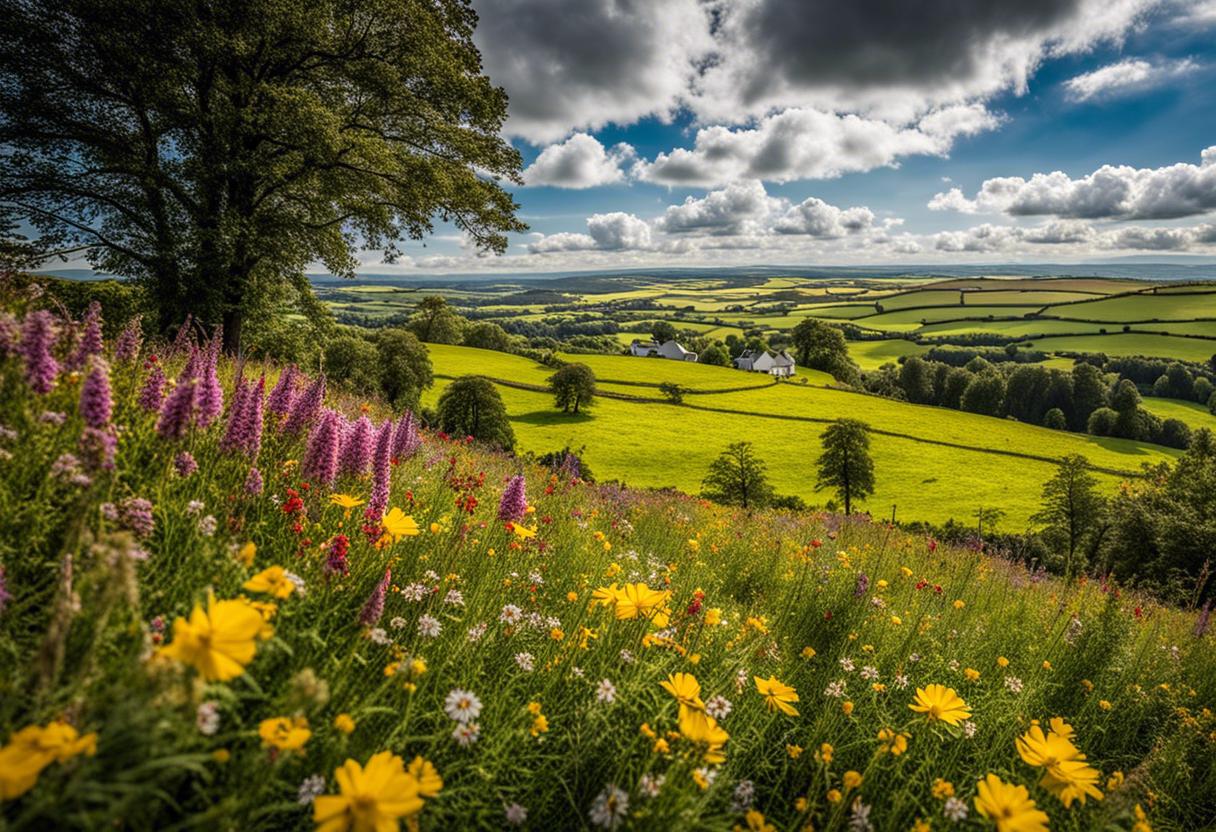Researchers from Galway Honey Bee Research Centre are calling on the public to assist them in keeping an eye on wild and indigenous honey bee colonies. This initiative is part of their research to create more effective conservation strategies based on data from these free-living bees. Whilst more than 541 nests of the honey bee species, Apis mellifera mellifera, have already been recorded with the help of citizen scientists, more data is required, says Prof Grace McCormack from the University of Galway. The gathered data will be submitted to the National Biodiversity Data Centre to enrich knowledge about these bees, which were once believed to be wiped out by the Varroa destructor parasite.
This undertaking, funded by Science Foundation Ireland, seeks to contrast samples from wild colonies with those from managed and historical ones, along with studying the ecology of these colonies, the range and variety of pathogens impacting the hive, and bee genetics. According to Prof McCormack, Ireland is the last European stronghold for the black bee, which is under threat from parasites, habitat and biodiversity loss, climate change, and crossbreeding with imported bee species.
The research centre is requesting citizen scientists to locate and oversee colonies, but not to report individual bee sightings. These black bees are smaller than bumblebees and are almost black in colour with narrow or no bands on their abdomen. They can usually be seen searching for food in damp or drizzly weather. Wild honey bee colonies are found to have lived for more than two years in the wild within structures not made by man, such as tree cavities. They are often seen in high places, such as trees in old woodlands or buildings’ walls and roofs, and some peculiar locations like hollow statues, compost bins, bird boxes and graveyard crypts.
In synchronisation with World Bee Day on Monday, the Irish Honey Bee Society, native branch, is organising sessions which will enlighten beekeepers about the ways to breed their queen bees and eliminate the need for bringing in honey bees that are indigenous to other regions.
The society’s head, Loretta Neary, remarked that while Ireland boasts of being a habitat to 100 species of bees, one-third of that number is on the verge of extinction. Even though the common honey bee does not face any immediate danger, the native Irish bee does. The last vestiges of a pure and unadulterated population of Apis mellifera mellifera are in Ireland. This particular bee species has taken approximately 6,500 years to adapt and flourish in the Irish environment, and its continuance is now seriously threatened owing to crossbreeding with the non-indigenous bees that have been introduced to the region.
In the span of five years from 2018 to 2023, hybridisation in Ireland saw a rise from less than 5 per cent to over 12 per cent, some regions even recording more than double of the national average- 30 per cent. Such occurrences give rise to hostility and other adverse attributes. “Should this pattern persist, the unique genetic make-up of our native Irish honey bee will be lost, and with it, a significant part of our natural heritage will be gone for good,” added Neary.

